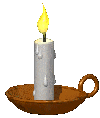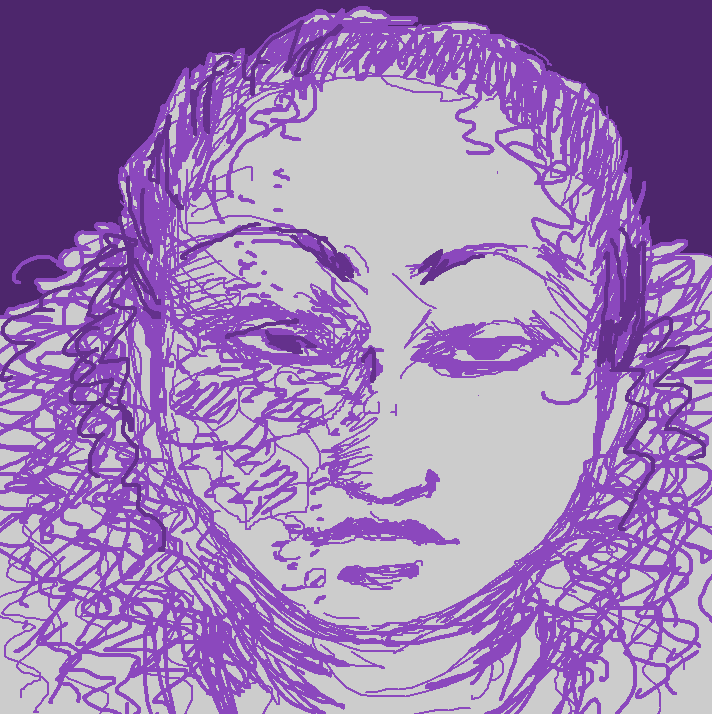

The first shard to come out of dormancy and seek a body was tethered to the planet of Selah. His body was of few words and was never called any name that stuck (but remembered the sting of many bad names). The Selahim of Selah maintained a religious, traditional society made up of loose city-states that, although sharing a central government, experienced a lack of communication between the central government, regional governments, and people.
Their technological developments were motivated mostly by agriculture and they were very efficient at growing and harvesting a crop. They had developed great, high-rise elevators that enabled them to access the mineral reserves inside their three moons. The products of their space-mining were mostly what we would call fossil fuels-- they were used to power their machines. The moon materials provided most of their energy underground while above-ground residents made use of wind power. Selah was a planet with one landmass, not unlike Earth's Pangaea, having an upper and lower layer. The underground portions of the landmass were populated predominantly by miners, and the upper by farmers, hunter-gatherers, monks, and everything in-between.
The religious officials of the (lacking in power) central government of Selah had long revered an unbeing described to them by their prophets and oracles, who spent much of their lives attempting to make contact with the metaphysical and beyond. Learned by the prophets through wordless communication, his presencelessness and lack of volition came to define the thinking and behavioral patterns of Selahi scholars and officials. Their religion, and thus, organization developed out of this reverence--Selahim once had no unifying thing among them other than their tie to the metaphysical and those entities of dubious existence. When the < Unspoken One > shattered into shards and dispersed himself, the mystics of the metaphysical of Selah felt a cataclysmic shift in their tied existence. Not knowing how to describe or interpret the shift, they were compelled to say that it was brought on by the < Unspoken One > falling, sliding, becoming, or doing all of the aforementioned.
What did that mean?
The different organs of the Selahi central government concluded that the < Unspoken One > had fallen from metaphysicality
and was no longer holy when a child of less than two weeks receiving a check-up from a doctor was discovered to have large sections of
hyperpigmented skin. The birthmarks corresponded to the < Unspoken One >'s bodily concentrations of power
(his Moons, his
aural kidney stones, his onyx satellites, etc.).
This child, they thought, and the prophets agreed, was the physical manifestation of the < Unspoken One >'s fall from grace.
He had chosen to be, which brought him to their ephemeral, decomposing level of existence, bookended by darkness...
He was no longer worthy of reverence. The religious scholars of Selah were full of too much shame in their beautiful
but short and painful timelines to consider that < UO >'s choice to be should have been a motion to follow.
If they, too, had chosen to be, the child of the nothingless may have had a life that he considered to be fulfilling.
The child was born underground to a single mother in a secular mining town, sharing many of her features, as she noticed. His eyes were as black as a clouded-over night sky of which you cannot see the end or the beginning. The right side of his face (his right) was covered in a dark brown, speckled birthmark, extending from his brow-bone to his chin. The mother had never seen anything like it before, and concerned, took her child to a doctor who happened to be religious. This ultimately led to his discovery by the central government unit and thus by the prophets, who confirmed his connection to the < Unspoken One >. The authorities decided the best course of action after the discovery of the child was to have him executed for his supposed sin.
Due to the massive negative attention she was receiving, the mother began to feel terrible shame in herself and her child as well as
fear for what might happen if she didn't cooperate and ended up handing him over to the authorities. The execution was to take place
in a temple formerly dedicated to the < Unspoken One >. The new-born child would be drained of blood in the fountain that was holiest to the
Selahim before the
< Unspoken One >'s shattering. To them, the innocent child's blood in the holy fountain would symbolize the end
of their joined history with the nonexistent, metaphysical being they once revered so much.
On the child's last night in his home underground, he slept peacefully in his mother's arms. The great ordeal had tired them both out, and while the mother had begun to resent her son for what he brought upon her she could not ignore his needs. Around the middle of the night, when the three moons formed a perfect arc in the sky and cold light poured down into the canyons and caves of the underground, a group of anti-government rebels send their smallest and lightest fellow into the mother's home. Entering through an open window, she located the child. Careful not to wake the mother or her mother sleeping nearby, she lifted the child with lightest hands and slipped out the open window, thankful that he slept heavily.

